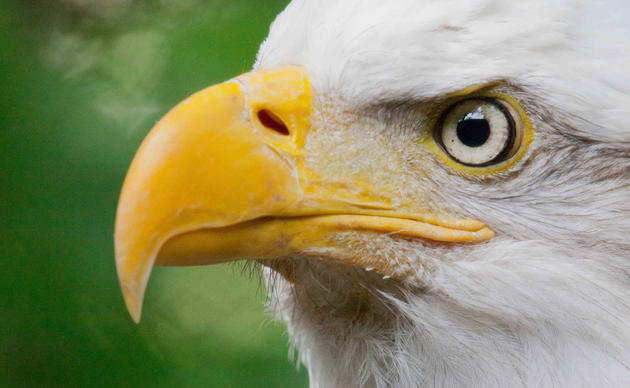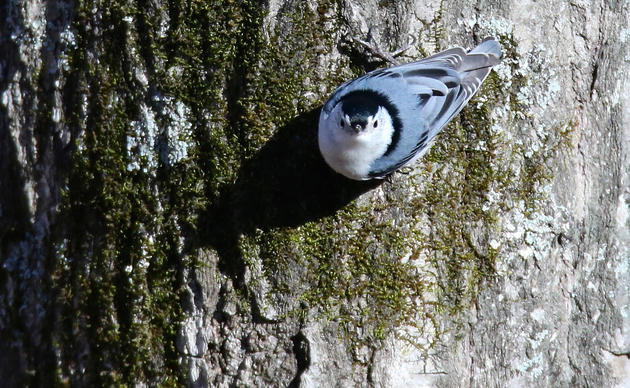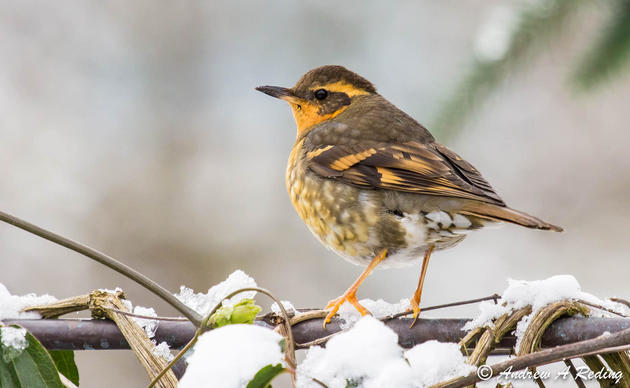In September 2020, catastrophic wildfires swept across Washington’s shrub-steppe landscapes, burning roughly 600,000 acres and devastating nearly half the remaining habitat for species like the Greater Sage-Grouse. The fires also exposed a critical gap: Washington lacked a coordinated strategy for rapid response, habitat recovery, and long-term resilience planning in this fragile ecosystem.
From this crisis, the Washington Shrubsteppe Restoration and Resiliency Initiative (WSRRI) took shape, with leadership from state agencies and conservation partners, including Audubon Washington.
Turning a Wake-Up Call into Action
Audubon Washington played a central role in establishing WSRRI, convening public and private partners and advocating for legislative action and funding to jumpstart recovery. A pivotal moment came in 2021 when the Washington Legislature allocated $2.35 million in biennial appropriations to fund shrub-steppe restoration, along with $1.5 million to replace fences with wildlife-friendly designs.
These initial investments led to the formal establishment of WSRRI, now guided by a coalition including the Washington Department of Fish & Wildlife, the State Conservation Commission, and the Department of Natural Resources. Trina Bayard, Interim Executive Director and Director of Bird Conservation at Audubon Washington, joined WSRRI’s inaugural advisory group in 2022 and worked with key stakeholders to lead the development of what would become a 30-year landscape-level strategy for fire resilience and ecosystem health.
“The 2020 wildfires were a stark wake-up call,” says Bayard. “The creation of WSRRI was a vital step toward coordinated recovery. The WSRRI strategy is an Audubon success story that we can be proud of, and we are committed to being a core partner in delivering conservation and restoration outcomes in support of the WSRRI vision.”

Today, Audubon Washington continues its work to secure funding and resources for on-the-ground conservation, stewardship, and restoration activities. This work involves deepening partnerships and engagement in tribal and private-land conservation opportunities, identifying potential opportunities for collaborative conservation and restoration actions, and exploring innovative, incentive-based approaches.
One approach is Audubon Conservation Ranching, an innovative program that works at the intersection of wildlife, food, climate, and communities by collaborating with ranchers to implement management practices that enhance bird habitat on the Columbia Plateau.

A Model for the Future
Since its inception, WSRRI has supported numerous projects focused on upland shrub-steppe habitat restoration, riparian restoration, wildlife-friendly fencing, deferred wildland grazing, and species recovery actions. It has also emphasized the importance of resilience planning to help communities prepare for future wildfire seasons. The initiative has hosted workshops on fire-adapted community strategies, worked with local leaders to incorporate resilience into land-use planning, and supported efforts to integrate ecological restoration with hazard mitigation.
“This landscape is critically important for wildlife, and so much of it has been lost,” explains Janet Gorrell, WSRRI’s program manager. “Birders immediately recognize the value of the shrub-steppe through the sheer number of species of greatest conservation need that rely on it. For others, it’s the working lands component—the local economies, along with cultural, historic, and familial land management traditions. Ultimately, everyone has a role to play in conserving and restoring Washington’s shrub-steppe. We are committed to working together with Audubon Washington, other partners, landowners, Tribes, and communities across the state to ensure these lands continue to support birds, wildlife, and people for generations to come.”
Five years after the Labor Day fires, WSRRI stands as a model for coordinated, landscape-scale conservation. With continued investment and collective action, WSRRI and its partners are creating a foundation for thriving habitats, sustainable working lands, and a legacy of resilience across the Columbia Plateau.
- Supporting habitat recovery on 43,000 acres impacted by wildfire.
- Installing approximately 70 miles of new fencing, upgrading 32 miles of existing fence to wildlife-friendly standards, and removing 34 miles of outdated fencing.
- Improving land management on over 66,000 acres using virtual fencing technologies.
- Completing numerous habitat restoration projects, including upland planting and seeding, riparian restoration, native seed collection, and species of greatest conservation need recovery, improving approximately 3,500 upland acres and six stream miles.
- Planting more than 100,000 sagebrush plugs through a partnership with the Sustainability in Prisons Program.
- Supporting a forb production contract with the U.S. Fish & Wildlife Service (USFWS).
- Acquiring over 25,000 pounds of seed for restoration efforts and establishing two climate-controlled seed storage facilities in partnership with the USFWS.



